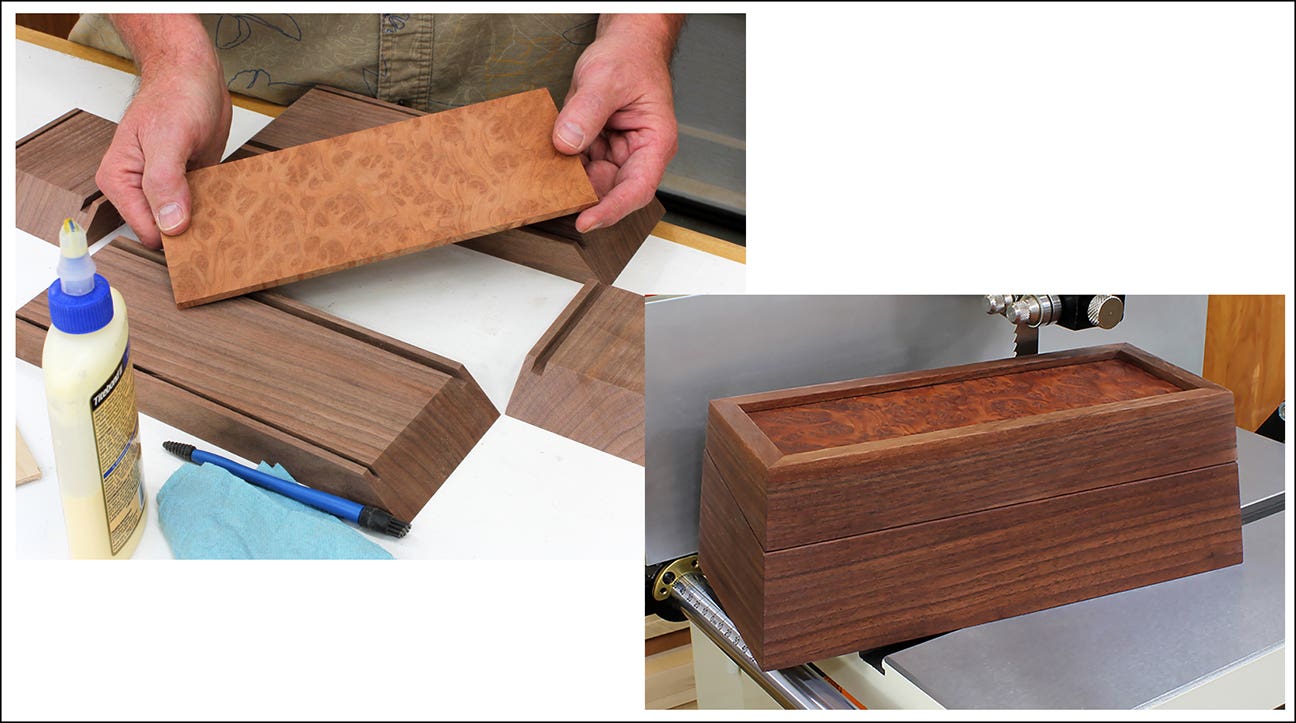Swirling changes mean new tricks for thinners
Recent changes in solvent regulations could affect how you use thinners, reducers, retarders and flow-enhancing additives. Not all of the changes are painful. Acetone remains an exempt solvent, for instance,…
Recent changes in solvent regulations could affect how you use thinners, reducers, retarders and flow-enhancing additives.
Not all of the changes are painful. Acetone remains an exempt solvent, for instance, because it has negligible photochemical reactivity, thus lower potential contribution to ozone formation. It can still be used to replace higher VOC solvents for many applications.
Traditional solvents used in higher VOC lacquers will usually perform well when used in the lower VOC products, but this practice can be illegal in certain areas requiring lower VOC compliance. Using the higher VOC reducer or retarder would make that lacquer no longer compliant.
Many of the new lower VOC coatings are supplied “ready to spray” so additional thinner might not be necessary. Adding unnecessary solvents will increase the cost of the dry film, release additional solvents into the atmosphere and reduce the film thickness per coat, perhaps necessitating additional coats.
Temperature and humidity often dictate our actions. Since most product data sheets for wood finishes specify 77 degrees and 50 percent relative humidity as the standard for measurement of viscosity, dry time and product application, it might be necessary to make adjustments in the solvent mix to adapt to conditions outside the design parameters of the product. But it is almost always better — and often less expensive — to modify the application environment.
Choosing the right thinner
A solvent additive should be one that has been tested and approved by the manufacturer of the coating product.
With some exceptions, most lacquer thinners are a blend of solvents designed to work well with certain specific coatings or a specific class of coatings. While Manufacturer A might have a lacquer and reducer combination known to work well together and Manufacturer B could have his own combination, neither manufacturer will guarantee the results if you use Lacquer A and Thinner B. No manufacturer has the resources to test its product for compatibility with other brand, especially during this time of rapid change in the products themselves.
Always start with the additives and directions from the manufacturer. If you want to experiment (and many of us can’t help it), take the time to learn something about the characteristics of the solvents and diluents being used and don’t practice on anything that you can’t risk ruining.
Problems with thinners
The thinner’s primary job is to reduce the viscosity — or resistance to flow — of the coating material. The viscosity should be thin enough to be atomized by an appropriately sized tip and needle of the spray gun at a low enough pressure to reduce overspray, bounce back and blowing waves or bubbles in the liquid film.
Then the viscosity should increase quickly enough (by evaporation of some of the solvents) to prevent runs, sags or puddling, while remaining sufficiently low to allow the coating to flow out, under the influence of gravity and the attractive forces at the liquid/solid interface, and remain “open” enough to absorb wet overspray. As the solvents continue to evaporate, (the first minute or so is called the “flash-off” period, where the faster evaporating solvents leave the film) the film no longer flows, but shrinks, losing slower evaporating solvents.
As the film continues to dry and shrink, some solvents remain (often called tail solvents) allowing the film to remain flexible enough to shrink without cracking or crazing until the coating has dried almost completely.
What can go wrong?
We know what results we want. If we don’t get them, reliably and predictably, we face rework, increasing labor, material and shop costs, losing customer confidence and profit. The urge to use cheap thinners is understandable. If they work as well, you make more money. But that is a gambler’s approach.
Here are just a few problems that commonly result from the use of the wrong thinner or solvent additive:
Blushing: A cloudy, white appearance, often caused by high humidity.
Chalking (fading, oxidation, weathering): A chalky white appearance on the surface of the paint film
Loss of gloss (hazing, dulling, dieback, matting, weathering): A dulling of the gloss as the film dries or ages.
Orange peel (poor flow, texture): Paint film having an uneven texture that resembles the skin of an orange.
Peeling (flaking, delamination): A loss of adhesion or separation of the paint film from the substrate.
Seediness (gritty, dirty, grainy, speckled): Solid particles of various shapes and sizes embedded evenly throughout the paint film.
Soft film (slow dry): The paint film is soft to the touch and will fingerprint or waterspot within hours/days after application.
Solvent popping (boiling, blowing): Small bubbles, pinholes or crater-like openings in or on the paint film.
Wrinkling: The surface of the paint contains irregular grooves or ridges resembling the skin of a prune.
Challenges of lacquer
Because each lacquer is a unique blend of resins, plasticizers and dryers, a more or less unique blend of solvents and diluents is necessary to cause the lacquer to behave in a predictable manner. The improper relationship between lacquer and its thinner is one of the most common faults of lacquer application. Factors influencing this relationship include the individual evaporation rates of each constituent of the reducer, their solvency or ability to hold the resins in solution and the ratio of the reduction in viscosity to the volume of reducer added.
A lacquer containing a high proportion of one solvent might be matched with a thinner containing little of that solvent because a greater solvent activity isn’t needed. It also might be matched with a larger amount of a specific diluent in order to reduce viscosity without increasing solvent attack.
Using a different thinner than recommended, even a comparably priced, high-quality thinner, can cause the lacquer to behave in a different manner than expected. It could lift or dry slowly or cause stain to bleed through the sealer.
Research and testing under varying conditions have been performed so manufacturers can reliably predict the performance of their finishing materials. While other thinners might perform satisfactorily under some conditions, especially where a fine finish isn’t a high priority, small variances in application conditions can cause unexpected and expensive results. The slowest solvent in a reducer should have good solvency for the resin system. It shouldn’t be a diluent-type solvent that could become trapped under the dry film.
Words a finisher should know
Diluent: A non-solvent liquid that is blended with an active solvent to obtain certain properties in a finishing material. A diluent for nitrocellulose solutions might be a solvent for resin solutions and, therefore, is valuable in providing miscibility and stability of the two solutions when combined with each other. The slowest evaporating volatile in a coating must be a true solvent for the resin, not a diluent.
Latent solvent: A volatile liquid that is not an active solvent within itself, but attains solvent properties when mixed with a true solvent.
Reducer: Volatile materials included in a paint to reduce its viscosity; often a blend of solvents and diluents. Technically the terms “reducer” and “thinner” are distinguished, but for our purposes they are synonymous.
Solids: All materials left on the substrate upon the evaporation of the volatiles. The non-volatile portion of a coating material.
Thinner: Any pure or mixed liquid added to a paint to reduce its viscosity. A critical determinant of dry time, flow and spray ability of a lacquer.
Volatiles: The liquid portion of a paint that evaporates completely from the film. Thinner or reducer is all volatiles. Nitrocellulose lacquer is usually 10 percent to 35 percent solids, 65 to 90 percent volatiles.
Viscosity: Resistance to flow of a fluid. Think of it as the “thickness” of the liquid lacquer. A characteristic reduced by the addition of thinner. It affects flow and ease of atomization. In lacquers, raising the temperature reduces the viscosity. Viscosity isn’t reduced at the same rate that reducer is added.
In order to achieve the best results, it’s important to purchase finishing products from a reputable supplier and seek its advice on how to use them. In addition, be sure to follow the manufacturer’s recommendations and specifications. For a quality job, use quality materials.
This article originally appeared in the February 2016 issue.






